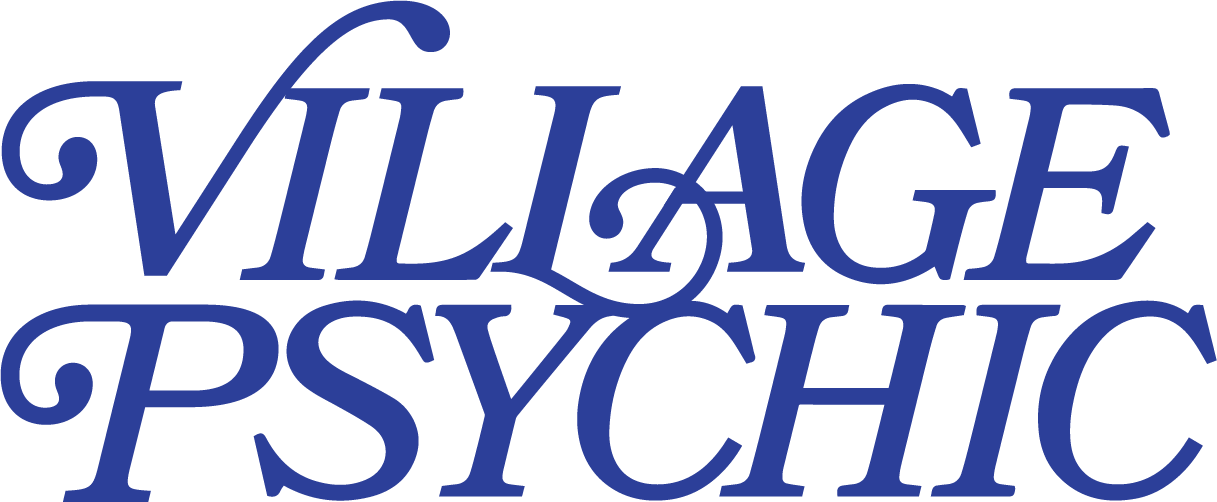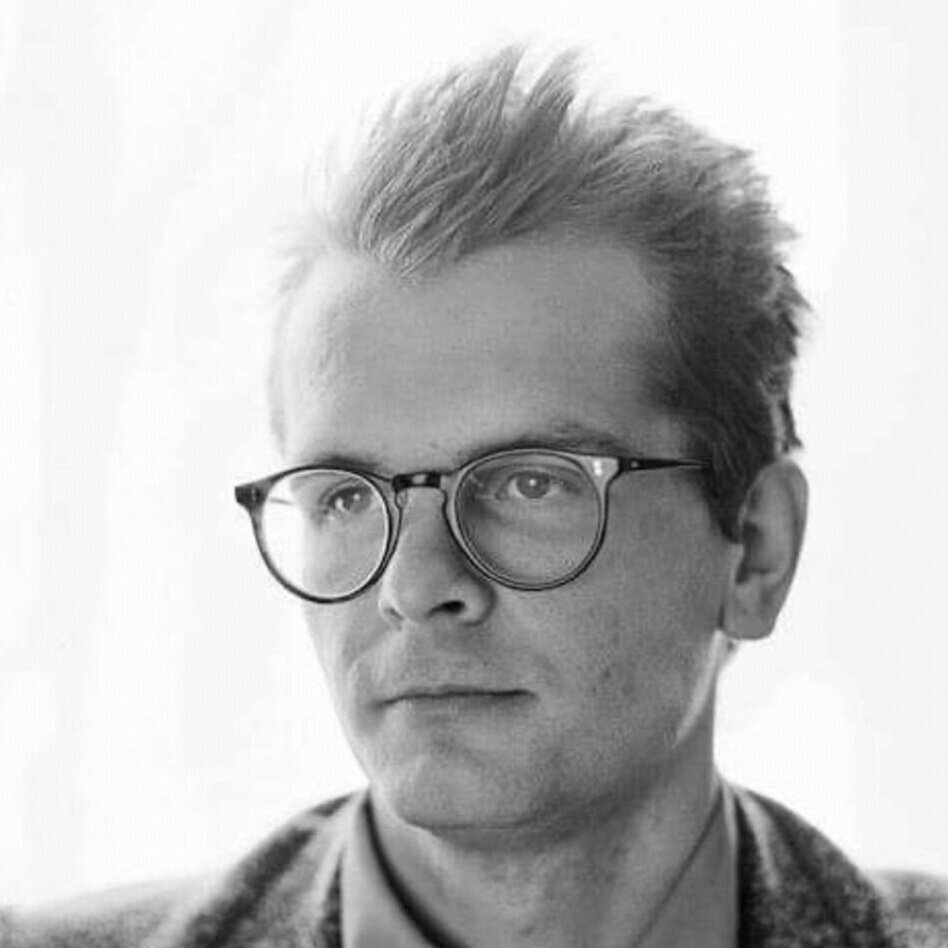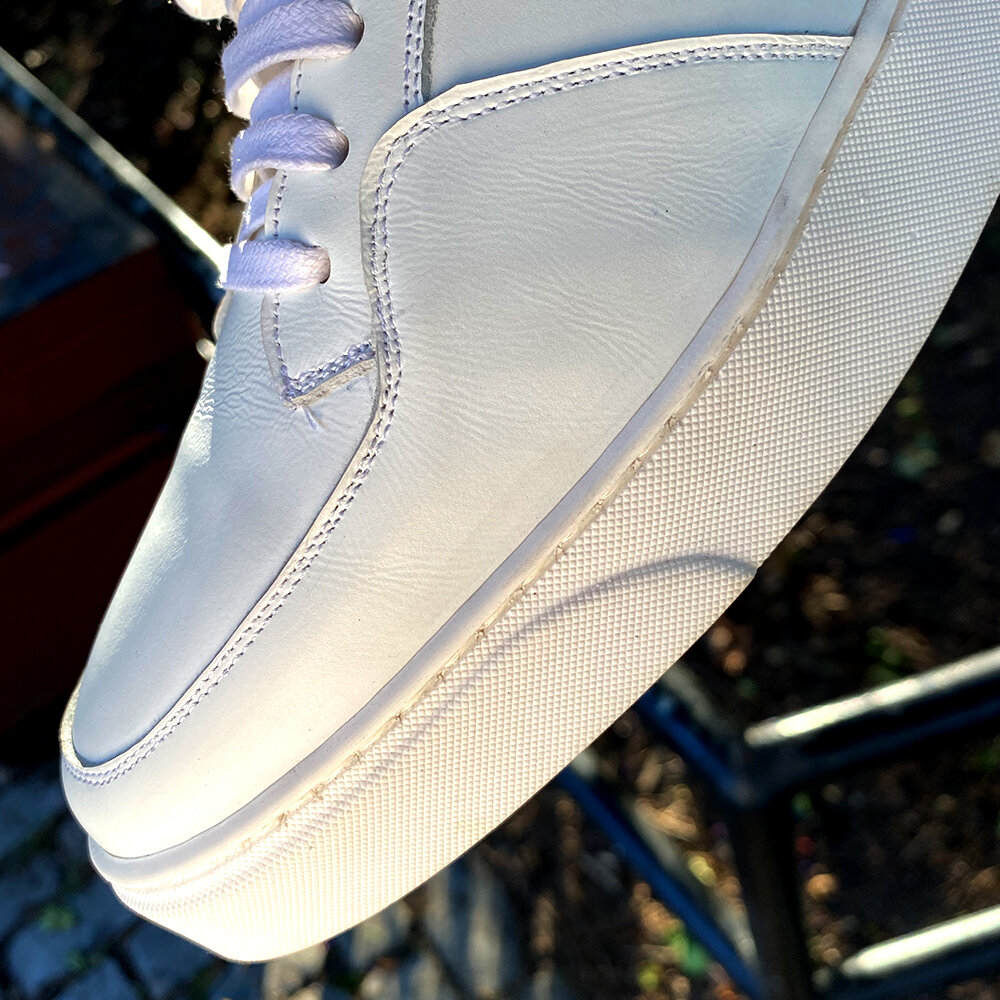Oliver Clark Is Doing Something Interesting
The reference is clear.
It’s unmistakable. The slightly oblong M-shape stitched across the shoe covering its entire middle section. To the uninitiated, it would seem to be merely a stylistic choice, but to anyone exposed to skateboarding’s glory days of technical footwear in the late 90s and early 2000s, it’s recognized as something else. It’s a cut of fabric that not only holds the shoe together on each side, but one that looks incredibly similar to the one seen on the éS Koston 1.
This time however, it’s on a women’s casual shoe - a handmade one whose creator has no intent of it being skated. Most who recognized it would find this design detail and assume it was a coincidence, albeit an uncanny one. The shoe’s label or box wouldn’t do anything to refute this.
However, this assumption would be wrong. What if I told you the creator of that impeccably crafted, handmade shoe is, despite only becoming familiar with the activity and surrounding culture a few years ago, completely obsessed with skateboarding? One who has seemingly been acquainted with everyone who's spent time at Cooper Park in Williamsburg, and could often be found there late at night just skating? On top of that, one who makes truly unique (and might I add, hilarious) animations and despite being a recent addition, fits right in with the rest of skate culture? Although hard to believe, it’s all true.
Just like the shoe itself, the story of Oliver Clark’s first experience with the Koston 1 is a familiar one. “I bought them in junior high at a Pacific Sunwear store. Someone at school called me a ‘poser’ for wearing them, and from there on I had the impression that this was something you had to earn the right to wear. So now I made them for myself, basically.” This statement sums up a lot about Clark.
Oliver Clark
Oliver Clark grew up in Utah, where as a teenager he felt the urge to do something that was both creative and entrepreneurial. “Everyone was doing t-shirt companies, but I wanted to do something cooler.” said Clark. Upon finding sites like Alibaba in their infancy and recognizing the potential they held, Clark says he was able to act ‘professional enough’ to get what he wanted.
“I told the manufacturers I talked to ‘I have 15 reps across the country who need a pair of shoes to sell’. When really I just needed 15 pairs of shoes to sell at my school.”, said Clark. Before long, Clark was selling his shoes at a boutique in Salt Lake City, and people began to take notice of the teenage shoemaker and the heightened level of quality in the shoes he produced. “A sales rep from a company called Modern Amusement got interested in my line, and they bought it from me. They came to Utah, opened an office. They renamed the brand, and all of a sudden it was being sold in Urban Outfitters, it was huge. It was the weirdest, slimmest chance thing, and I got a lot of success really fast.”
This early success propelled Clark to pursue a career in footwear at a tier befitting his skill level. After high school, he moved to New York to do just that. “I moved to New York just because I was over the Zurich thing. I used that experience to get myself a job at LVMH designing for Louis Vuitton & Marc Jacobs. That was another stroke of luck.” His luck seemed to continue for a few years, and was then interrupted by occupational hazards that are unfortunately all too familiar to many who’ve worked in fashion.
“I was doing the fashion thing, and got burnt out on it.”, he said. “There was just a lot of manipulation and drugs involved, in fashion in general. I wanted to do my own thing, and because of the success I had early on, I was able to take one of the manufacturers I knew from Marc Jacobs, one I worked with for a runway show and was just like “I could pay you if you just work for me.”
In case you forgot.
As if starting his second shoe company after working for fashion mega brands wasn’t enough, another seismic change occurred during Clark’s life happened during this period when he became neighbors and later friends with pro skateboarder Anthony Pappalardo.
“I met Pops, he gave me a board, some trucks, and wheels, but no bolts. I was just kind of like ‘Where do I get those?’.” said Clark. The two had little in common, but quickly bonded over shoe design. “Anthony told me he’d designed a shoe as well, and at first I was just like ‘Oh, yeah sure.’ But we kept talking and I then saw his Epicly Later’d on Vice and was like ‘Oh, this guy is rad’. Before long, the two were out skating in North Brooklyn , often until 3am.
So here he is in his mid-twenties and just starting to skate, and with a verifiable icon as his first skate buddy.
We all know people who’ve asked us what kind of board to get to push around and maybe a few have learned how to ollie or shove-it or something. But this is different. This is skating loading docks in the winter, this is skating Cooper Park in the dark. This is actually becoming a skater.
Which brings us back to this whole handmade shoe thing. Normally it wouldn’t work - big shoe companies can come and swallow small ones. We’ve seen it happen many times within skateboarding, and it happens even more outside of it. The sincere, unwavering energy that Clark brings to skateboarding is the same he brings to his profession as a shoemaker, and is no doubt a factor in his ability to thrive.
This energy comes through in the processes Clark uses to create his current line of footwear. The process behind shoes is hands on & pure - in a way that’s so specific that most would say ‘why bother’. Then again, maybe that’s why most are not in his position. For example, the shoes bearing his name are made by hand at his factory India. “These shoes are made by someone sitting on a stone bench, using tools that are probably 45 years old. True craftspeople.” said Clark. “We vegetable tan everything, it’s almost like an artist’s workshop. There are 12 different cobblers, and they’re like family to me.” Clark visits regularly to work with them on techniques, both teaching and learning.
Clark’s new skate shoe
Although the scale of his operation is large for a small business, it’s dwarfed by the footwear giants who sell to his clients. “Each cobbler can make 12 pairs a day, and even then, I’ve had orders from Nordstom before that I just can’t fill.” said Clark. The process behind making these shoes takes an ungodly amount of patience and enthusiasm to endure. Kind of like skateboarding.
His passion for skateboarding and the processes behind it come through in his newest line, one that includes the Koston 1 tribute as well as something Clark has dreamt of for quite some time - his first shoe that’s meant to be skated in. “I love the Dylan Rieder Gravis shoe - he was trying to make a dress shoe that’s skateable. What I’m working with is a little of that angle.” said Clark. “You could take my skate shoe, skate it, then get it resoled with a leather sole - now you have a pair of dress shoes that are a little worn in. They’re truly handmade shoes, and they last forever.” said Clark.
When asked why he sees space for his shoes in the already crowded skate footwear market, Clark doubled down on the importance of quality. “Naturally, I want to make something I can skate in.” said Clark. “I think there’s something there...a lot of NBA players, their shoes are custom fitted. I think you could go pretty far, kind of like a baseball mitt. The stuff that’s older, the stuff that’s handmade - it just performs better.”
Toecap detail on the skate shoe
Regarding his entry into the skate industry, Clark has no delusions, “Fitting into the skate industry weighs on my mind a lot.” said Clark. “It’s hard to know that you’re a Jenkem article that they’re writing to kind of make fun of you.”, said Clark. “You can’t please everyone, especially skateboarders. But that’s the cool thing, you can earn it. If you keep skating, keep showing up, people are like ‘This kook guy is alright!’. It sounds like Oliver Clark has learned a lot in his short time skateboarding.
Which begs the question: For someone who has built something and clearly ‘made it’ outside of skating, why try to have success? “Getting involved in the skate industry is like pouring sand in a rathole.” said Clark.” Vying for legitimacy when you know you’re legitimate is a funny place to be. I think it’s kind of ambitious.”, he continued. “That’s what keeps me going.”




